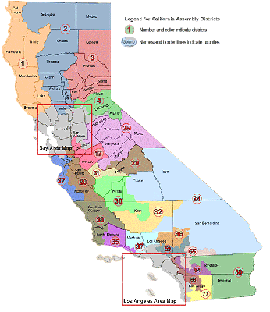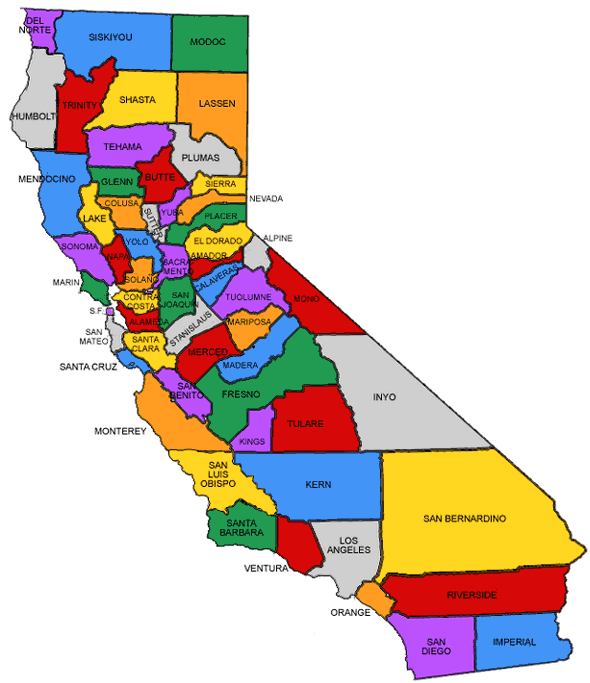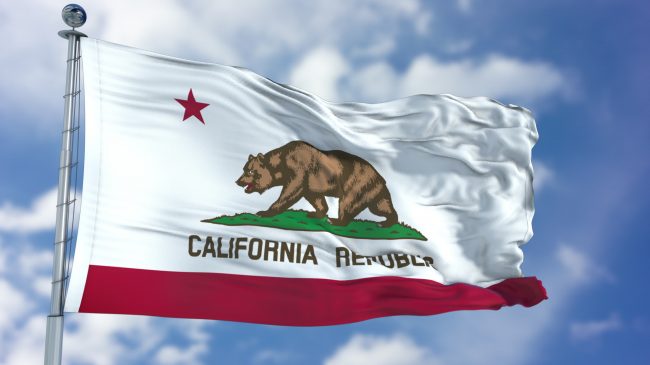
Is the California Citizens Redistricting Commission Spending Out of Control?
‘The Commission needs to show some semblance of fiscal restraint’
By Katy Grimes, December 9, 2020 2:10 pm
The California Citizens Redistricting Commission is charged with completing the decennial job of drawing district lines for State Senators, State Assembly Members, U.S. Representatives, and State Board of Equalization Members.
The CRC consists of 14 members with specified political party registration and requires each commission member to be a voter who has been continuously registered in California with the same political party or unaffiliated with a political party and who has not changed political party affiliation for five or more years immediately preceding the date of his or her appointment, the Globe recently reported.
Voters were told the California Citizens Redistricting Commission spending would cost $3 million when Proposition 11 was passed in 2008: “The Legislature shall make the necessary appropriation in the Budget Act, and the appropriation shall be available during the entire three-year period. The appropriation made shall be equal to the greater of three million dollars ($3,000,000), or the amount expended pursuant to this subdivision in the immediately preceding redistricting process, as each amount is adjusted by the cumulative change in the California Consumer Price Index, or its successor, since the date of the immediately preceding appropriation made pursuant to this subdivision,” California Gov. Code Section 8253.6 says.
However, the last process ended up costing $7.1 million through the adoption of lines, plus another $3.3 million to defend the maps, for a grand total of 10,449,728. Well, not the grand total… the real grand total was $13,763,053 when the outreach cost of $3,313,325 was added in, according to the California Citizens Redistricting Commission report.
In 2019 the Legislature allocated $12.5 million through the adoption of boundary lines, plus another $4.3 million to defend the maps. This doesn’t include the $1.9 million given to the University of California to provide public access to redistricting software and data.
Now the redistricting commission says they already saying they need another $6.2 million, and there will likely be more such requests to come.
“It’s clear that voters were sold a bill of goods about how much redistricting reform was going to cost,” said Steven Maviglio, a Sacramento-based Democratic consultant who was part of the campaign against Proposition 11 which created the Commission. “The Commission needs to show some semblance of fiscal restraint at a time when funds for COVID-19, schools, and unemployment are being threatened.”
Between the commission’s requested $18.0 million, the $1.9 to University of California, and the $5.2 that went to State Auditor, the redistricting commission and process which was supposed to cost taxpayers $3 million in 2008, has exploded to upwards of $25 million. (see chart below)
Some of this spending is necessary; they may have to take longer due to a delay in Census data, and meetings are more expensive under the COVID protocols. Some spending is likely a good thing if they want to have a more robust outreach program. But some of the spending appears over the top. One example is the commission wants the Legislature to translate an outreach tool into Marshallese which is spoken by like a thousand people in the state.
It’s also curious why they submitted their report with unadjusted cost estimates, using 2011-12 costs, when it wouldn’t be difficult to adjust these estimates to 2020 rates.
The Citizens Redistricting Commission consists of 14 members with specified political party registration and requires each commission member to be a voter who has been continuously registered in California with the same political party or unaffiliated with a political party and who has not changed political party affiliation for five or more years immediately preceding the date of his or her appointment, the Globe reported.
The State Auditor randomly selects the first eight members, three who are Democrats, three who are Republicans, and two who are either decline-to-state or are registered with a third party. This occurs after the four legislative leaders exercise their authority to eliminate the names of 24 applicants from the pool of 60 of the most qualified applicants identified by the Auditor. Those either persons then choose the remaining six members. Together, they are responsible for drawing the new district lines.
REdistricting Commission 2020, 2021- CA Attorney General Issues Ludicrous Title and Summary on California Billionaire Tax Act - December 30, 2025
- California’s Stupid, Ridiculous, Abusive, Nanny State, and Absurd New Laws for 2026 - December 30, 2025
- California Globe Goes National on The Clay Travis and Buck Sexton Show - December 29, 2025





Another boondoggle project that has had a disastrous impact on CA politics…
It seemed so benign and forthright at the time, but that’s how Democrat operations work…
The only reason such commissions exist is to feed off the taxpayers.
‘Not A Fan of Chew Toys’ observation is spot-on. I ask why so much money has to be spent by the CRC? Travel? Entertainment? Luxury automobile fleets? Re-directed funds to Newsom’s campaign chest?
More people need to think about that old saw, the nine most terrifying (expensive I add) words, ” I’m from the government and I’m here to help”